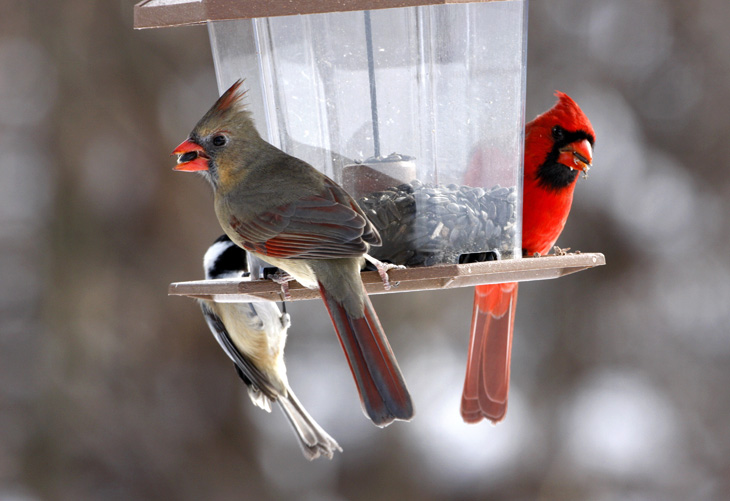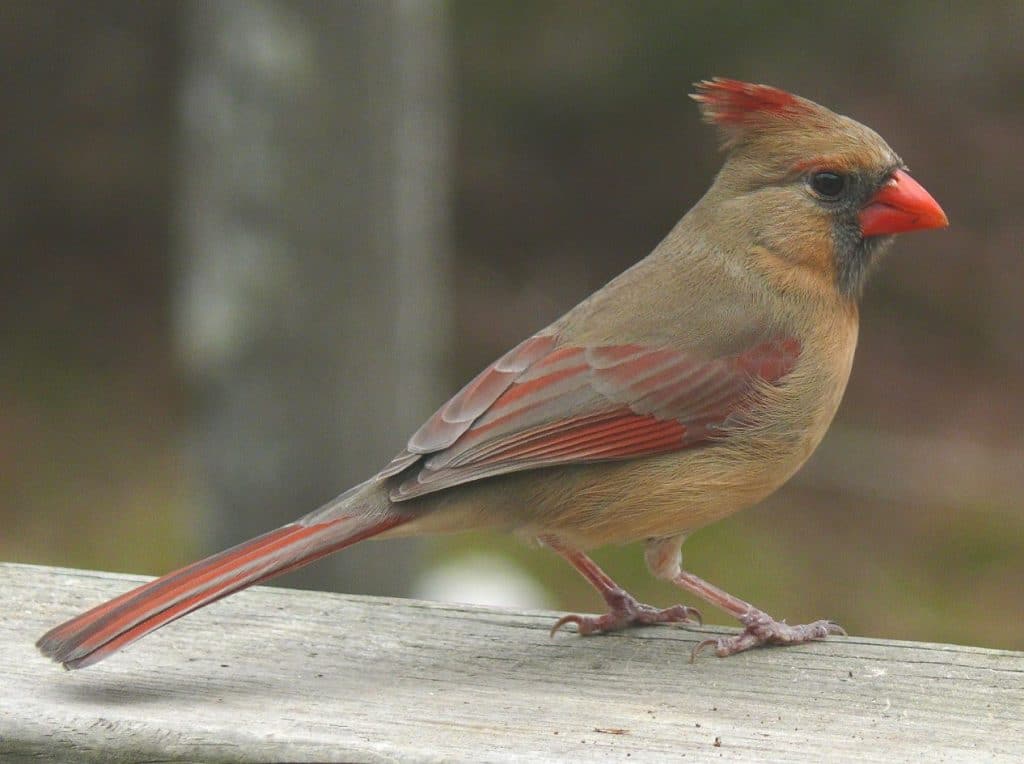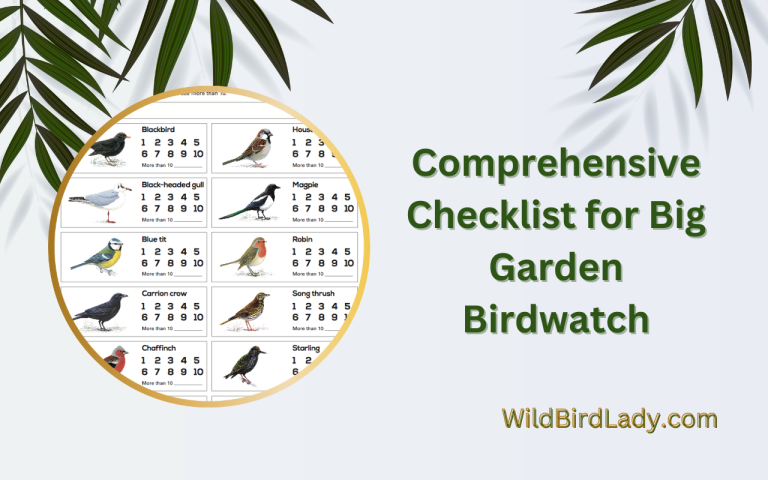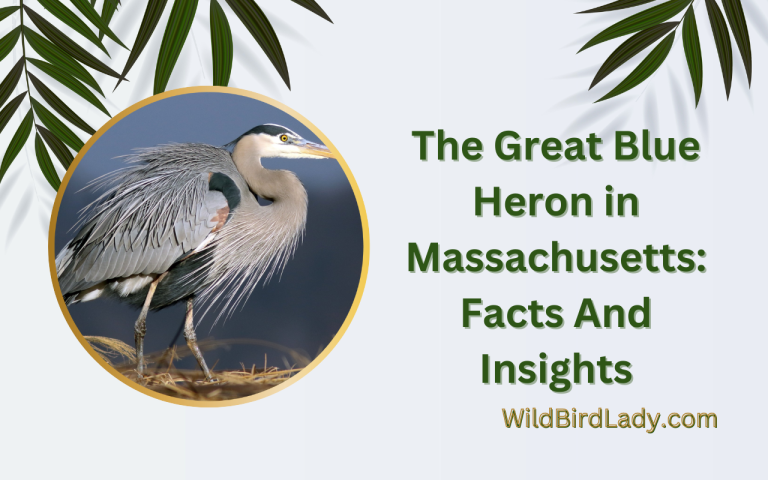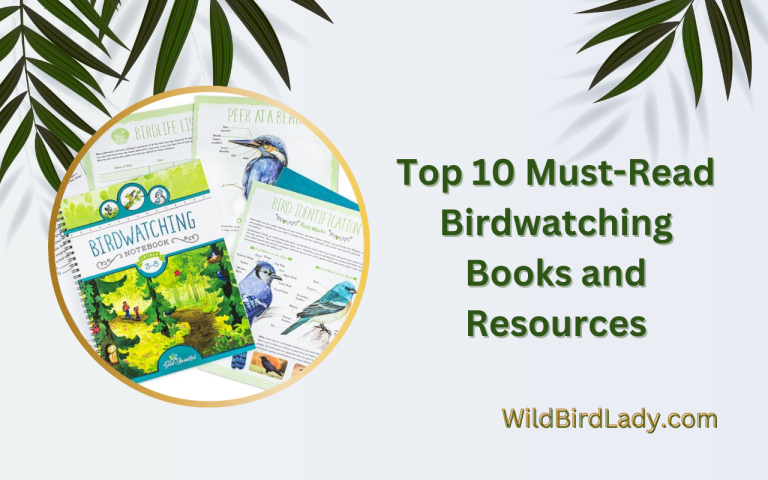Cardinals in Texas Backyards: How to Attract and Feed Them Like a Pro
By Rifat Ahmed — Birdwatcher with 13 Years of Experience
If you’re a bird lover living in the Lone Star State, you’ve likely marveled at the vibrant splash of red darting across your backyard. Yes, I’m talking about cardinals in Texas—those striking, red birds that seem to brighten even the dullest winter day.
With over a decade of birdwatching under my belt, I’ve spent countless mornings quietly observing these beautiful creatures—both the brilliant males and the subtly stunning female cardinals in Texas. In this article, I’ll share everything I’ve learned about attracting and feeding Texas red birds—so you can turn your backyard into a cardinal haven.
Meet the Cardinal: The Northern Jewel of Texas
The Northern Cardinal in Texas
The Northern Cardinal (Cardinalis cardinalis) is one of the most iconic and widespread backyard birds in the U.S., and Texas is no exception. Found throughout the state, from the piney woods of East Texas to the Hill Country and even in suburban neighborhoods, these small red birds in Texas are year-round residents.
Males are instantly recognizable: brilliant crimson red with a black face mask and a proud crest. Females, often underrated, wear soft shades of warm brown with red tinges on the wings, tail, and crest—elegant in a quieter way.
“Watching a pair of cardinals share food is one of the most touching scenes in bird behavior,” I often tell beginners.
Why Cardinals Thrive in Texas
Texas offers a perfect habitat mix for cardinals—dense shrubs, native trees, mild winters, and abundant food sources. Whether you live in Austin, Dallas, San Antonio, or a rural corner of the state, chances are high you’ve seen these red birds in Texas flitting through your yard.
They’re especially fond of areas with:
- Native shrubs like yaupon holly or American beautyberry
- Oak and mesquite trees
- Quiet suburban backyards with dense cover
- Brushy woodlands and riparian corridors
This adaptability is why red birds Texas birders report so often are cardinals.
How to Attract Cardinals in Texas Backyards
Let’s get to the real meat: how do you attract and keep cardinals around your home?
1. Offer the Right Feeders
Cardinals are medium-sized birds that prefer feeders where they can perch and feel secure.
Best feeders for cardinals:
- Hopper feeders with wide trays
- Platform feeders
- Ground feeding trays
- Sturdy tube feeders with large perches
Avoid flimsy feeders or small tubes—they may attract finches but frustrate Texas red birds like cardinals.
2. Their Favorite Foods
If you want to win over a cardinal, go beyond the basics. Here’s a breakdown of what they love most:
| Food Type | Why Cardinals Love It |
|---|---|
| Black-oil sunflower seeds | Easy to crack, high fat content |
| Safflower seeds | Less attractive to squirrels, loved by cardinals |
| Cracked corn | Great on platform feeders |
| Peanuts (unsalted, shelled) | Protein-rich treat |
| Dried or fresh berries | Mimics their natural diet |
I always recommend blending black-oil sunflower with safflower seeds for the best results.
Tip: Never feed cardinals bread or salty human snacks—it’s harmful to them!
Build the Perfect Cardinal Habitat
Food alone won’t keep cardinals coming. You need to think like a bird and build an inviting environment.
Cardinal-Friendly Landscaping Includes:
- Dense Shrubs for Nesting: Try planting Texas natives like wax myrtle, elderberry, or possumhaw. Cardinals nest low, often between 3 to 10 feet off the ground.
- Berry-Producing Plants: Hackberry, dogwood, and mulberry attract insects and provide natural food.
- Native Grasses: They support insect populations—vital for feeding young chicks.
- Water Sources: A shallow birdbath with clean water is cardinal gold.
“Water is just as important as food,” I always say—especially during Texas’ dry summers.
When Do Cardinals Breed in Texas?
Cardinals breed early and often in Texas due to the mild climate.
- Breeding season: Starts as early as February and can continue through August
- Nests: Usually cup-shaped and built in dense shrubbery
- Broods: 2–3 per season is typical in Texas
Watch for courtship behavior—males feeding females, gentle singing, and duets in spring.
How to Identify a Female Cardinal in Texas
Many newcomers to birding think only red birds are cardinals. But that’s only half the story.
The female cardinal in Texas is:
- Pale brown overall
- Red accents on wings, tail, and crest
- Black facial mask—less dramatic than males
- Slightly smaller in size
She’s just as loyal to your backyard if you give her a safe place to feed and nest.
For a detailed guide on identifying and understanding female cardinals in Texas, I’ve written a dedicated article—you can find it here.
Fun fact: Female cardinals sing too—a rare trait among North American songbirds!
Seasonal Behavior of Cardinals in Texas
Unlike migratory birds, Northern cardinals in Texas are non-migratory. That means you can enjoy their beauty year-round. But their behavior changes slightly with the seasons.
Spring & Summer
- Singing males defend territory
- Nesting pairs are active
- Increased insect feeding for chicks
Fall
- Juveniles begin foraging on their own
- Flocking behavior may begin
Winter
- Mixed flocks with other seed-eaters
- Brighter plumage makes them more visible
Their vivid red color against a snowy or brown winter backdrop is a favorite sight for many Texas birdwatchers.
Troubleshooting: Why Cardinals Might Avoid Your Yard
If you’re not seeing cardinals despite having food out, consider these factors:
- Too much noise or human activity
- Lack of cover or dense shrubs
- Inadequate food variety
- Aggressive birds like blue jays dominating feeders
Solution: Add dense landscaping, space out feeders, and place feeders closer to natural cover.
Cardinal-Proofing Your Backyard: Predator Safety
Sadly, cardinals are prey for:
- Hawks
- Snakes
- Outdoor cats
To help them:
- Keep feeders away from open areas
- Place feeders near shrubs or trees (but not too close to branches cats can use)
- Avoid using pesticides that kill off their insect food source
Cardinals in Urban vs. Rural Texas
Whether you’re in the heart of Houston or the quiet outskirts of Lubbock, you can spot cardinals. But their behavior differs slightly:
- Urban areas: More feeder-reliant, used to human activity
- Rural areas: Prefer native food sources and wilder landscapes
- Suburban sweet spot: Best of both worlds—feeders, trees, and shrubs
Cardinal Birdwatching Hotspots in Texas
Want to see cardinals beyond your backyard? Try these birding trails:
- Balcones Canyonlands (Central Texas)
- Armand Bayou Nature Center (Houston area)
- Lost Maples State Natural Area (Hill Country)
- Caddo Lake State Park (East Texas)
Early morning visits in spring yield the best sightings.
Final Thoughts from a Texas Birdwatcher
After 13 years of observing cardinals in Texas, I can tell you: these birds are more than just eye candy. They’re loyal, territorial, melodic, and a true joy to watch.
By understanding their needs—food, shelter, and safety—you can build a welcoming environment that keeps them coming back season after season.
So, grab some sunflower seeds, plant a few native shrubs, and get ready for that flash of red. Whether you’re spotting a male cardinal showing off or a female cardinal building a nest, these birds bring color, music, and life to every Texas backyard.
Read also: How Long Do Cardinals Live? Discover the Secrets Behind Their Lifespan
FAQs About Cardinals in Texas
Q1: Are cardinals native to Texas?
Yes! The Northern Cardinal is native and widespread throughout Texas.
Q2: Do cardinals migrate in Texas?
No, they are non-migratory and can be seen year-round.
Q3: What time of day are cardinals most active?
Cardinals are most active early in the morning and late afternoon, especially around sunrise and sunset.
Q4: Can I feed cardinals in summer?
Absolutely! Just keep food fresh and feeders clean, and provide water.
Q5: Is the female cardinal red too?
Not fully. The female cardinal in Texas is brown with red highlights—subtle but stunning.



